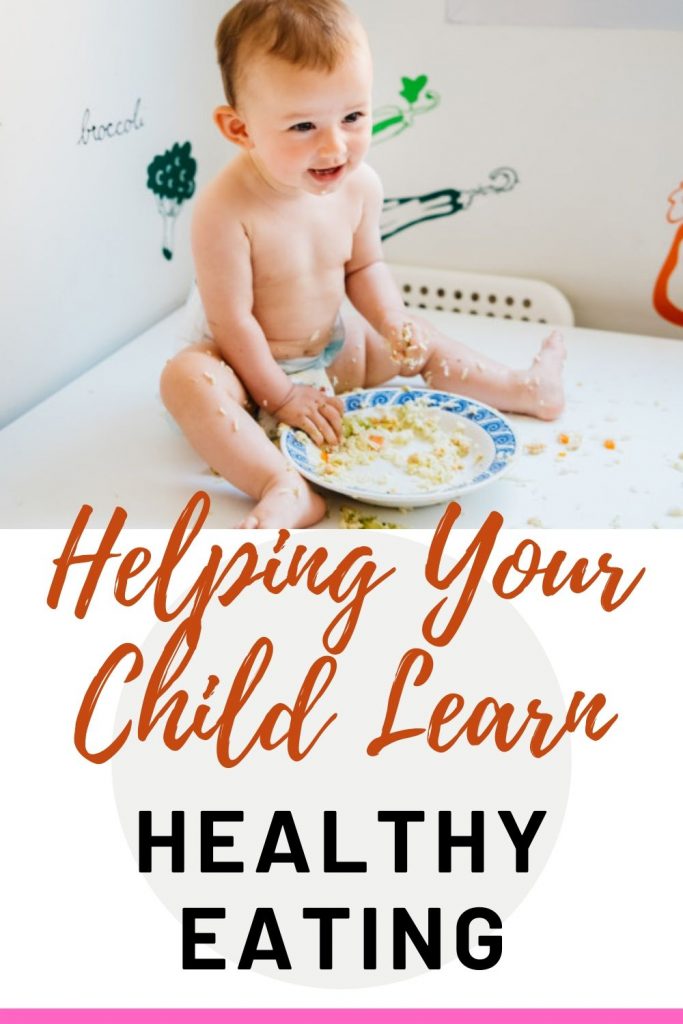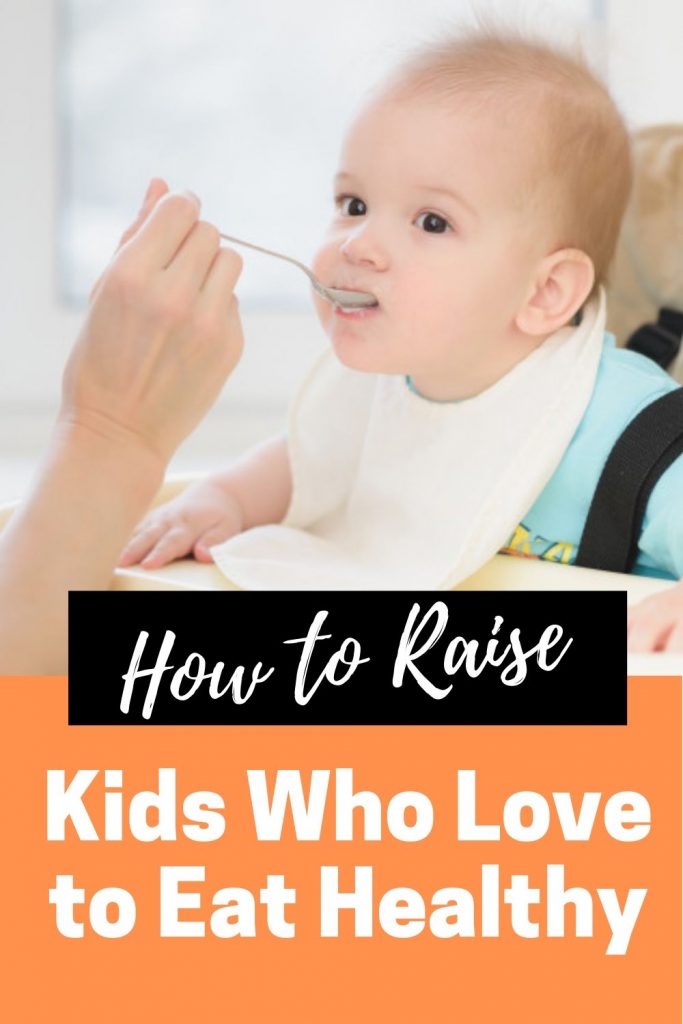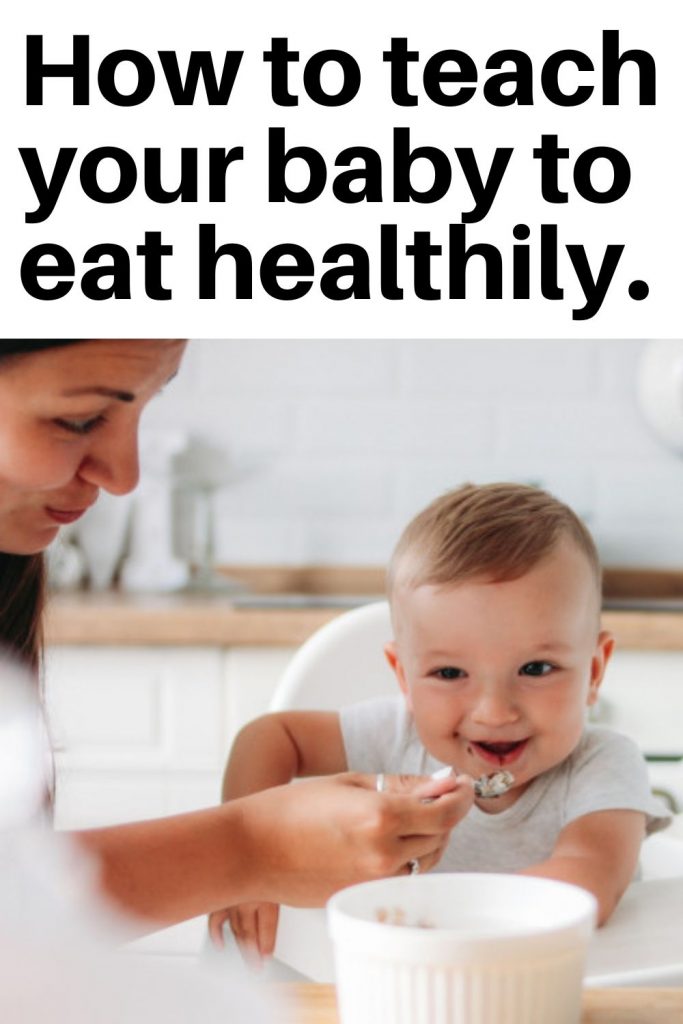Ten key steps for young children to eat well and ensure full development and perfect health

How to introduce healthy food for babies? There is no more sincere love than love of food, according to Irish playwright Bernard Shaw (1856-1950). And a booklet launched by UNICEF, the United Nations arm for childhood, can help parents awaken that feeling in their children, without complications. There are ten recommendations for the feeding of children up to the age of two.
“It is a period in which habits are formed that will accompany them for life. Therefore, a great opportunity to stimulate the taste for healthy food”, explains doctor Cristina Albuquerque, Head of Health (Unicef).
Besides providing the nutrients for growth and development of the organs, proper nutrition prevents obesity. Remember those chubby babies, displayed with pride by mothers in other times, today are cause for concern. Overweight rates in childhood have skyrocketed.
A study by the World Federation of Obesity estimates that the number of overweight children and adolescents between 5 and 17 years old is expected to rise from 220 million to 268 million in less than a decade. “Overweight is the gateway to type 2 diabetes, hypertension and the accumulation of fat in the liver, which increase the risk of cardiovascular disease, the leading cause of death in the world,” explains Cristina.
The meal is also an opportunity to learn from adults how to taste food, exchange experiences, interact … “Population studies show that families that eat together have a better eating pattern,” says pediatrician and nutrologist Mauro Fisberg. That’s why it’s worth making it a pleasant time to socialize instead of just giving the food while the child is entertaining himself with the tablet, the cell phone or the TV.
Now check out the ten steps to forming a healthy and well-nourished generation.
1. Breastfeeding until 6 months
And here we talk about exclusive breastfeeding. Breast milk provides all the nutrients the baby needs. It dispenses water, tea and juice – even in hot and arid regions.
There’s no need to fear that “weak milk” story. Even low birth weight mothers mostly produce breast milk that is suited to their baby’s needs.
If the newborn baby cries, know that this is the only way it can communicate. It doesn’t always mean he’s hungry – it can be dirty diapers, cold, hot… Watch if he’s growing as expected. If you don’t think so, ask your pediatrician for guidance.
And attention: from the sixth month onwards, other foods come in, but lactation should be maintained until the age of 2.
For breastfeeding to flow
Trust: don’t set a time or clock. The baby knows when he’s hungry.
Comfort: there are several positions. Choose the most comfortable for both.
Intercale: the next time you breastfeed, start with the breast you didn’t empty last time.
Take care: breastfeeders should drink plenty of water and eat in a balanced way.
2. Do not offer sugar
Not a bit! That way you avoid cavities and, of course, overweight.
The sensation of pleasure provoked by the consumption of active candy in the brain related to the reward, concluded Yale University (USA) researchers. Hence the desire to repeat.
And the habit acquired in childhood is more difficult to reverse in the future. “Other than that, candy competes with fruits and other less caloric foods,” warns Cristina.
Honey is also inadvisable: it is ultrarce and can contain a bacterium that attacks nerves and muscles. And the baby’s immune system is still too immature to fight it.
3. Present new food at 6 months
Start at lunch, with fresh items prepared with little oil and salt: rice, beans, vegetables, meat and eggs. In the morning and afternoon snacks, give fruit. In the seventh month, it’s time to release the dinner. From the eighth, give the same food that the family consumes – if not too spicy, salt and fat.
Let the baby explore the dish with his spoon or hands to feel flavours, textures and warmth. Don’t worry about the dirt. Remember to give water several times a day to maintain hydration.
Baby and Family Food
The baby will follow the example of his parents and brothers at the table. This is a good reason to improve everyone’s menu. “What’s unhealthy for the baby is not for the family either,” says endocrinologist and child obesity expert Zuleika Halpern.

4. Expect the child to be hungry for real food
If your child rejects lunch, many parents end up allowing biscuits, candies and other unhealthy foods. Just replacing the meal is not a good strategy.
It’s best to wait. According to the UNICEF booklet, in general, two hours without eating or drinking is enough for hunger to appear.
However, it is not recommended to offer in the middle of the afternoon that dish that was refused earlier. Milk or fruit is indicated, at last, something healthy that falls well in this period of the day.
Do not force
Babies usually eat little. “Just a little more” or insisting on the empty plate at any cost can lead the child to lose the notion of satiety and eat beyond the limit. This way, the risk of obesity rises.
5. Invest in the coloring of vegetables
A dish full of colour provides different nutrients and pleases the eyes. It is worth taking the child to the market to show the variety and motivate him/her to experiment.
All food that is born on the ground or in trees is healthy, but do not be surprised if the child rejects any. Present at least ten to 12 times, changing the preparation or condiment, before excluding from the menu.
If you still refuse or, worse, vomit, try another item from the same group. The baby is entitled not to like everything.
Turn off the screens
In front of TV, tablet and cell phone, the child does not pay attention to food. That makes them fatter – apart from the sedentariness. There are indications that too many screens mess with the brain. They should only enter children’s lives after the age of 2 – at most two hours a day.
6. Offer grains, vegetables and fruits
There is practically no food in natura that cannot be introduced after the sixth month. It depends more on the condiment and the way the baby is presented to fit in.
The last foods to enter the menu are those with the greatest potential to cause allergy, such as seafood. Fish generally presents no problems. Sausages, fried food and instant noodles, for example, are contraindicated because they concentrate too much fat, salt, colourings and preservatives and have too few nutrients.
The ideal dish
Choose one food from each group
Carbohydrates: rice, potatoes, pasta, etc.
Proteins: Fish, red meat, chicken, egg, beans, lentil…
Vitamins and fibres: Bet on vegetables such as cabbage, tomatoes, carrots, beets, etc.
7. Encourage the baby to chew
This helps to form the teeth and develop speech. Food should be cooked and kneaded with the fork – the meat, shredded. Do not mix them so that the baby can taste each one.
The chances of choking are minimal: even without teeth, he bites, just won’t cut. Give small portions and put them in the corner of your mouth, Fisberg teaches. He’ll throw the food around, which is useful because the digestion starts there.

8. Don’t give cookies and suchlike to the baby before he’s 2 years old.
Stuffed biscuits, boxed juices, junk food, gelatine and soft drinks should not be offered because they contribute to obesity, besides being full of additives. It’s best not to even have those things in the house.
If they have their eye on a candy, put a fruit on offer.
9. Don’t forget hygiene
Washing your hands, utensils and baby food well prevents contamination by germs that cause diarrhoea and infections. The water should be filtered or boiled and delivered preferably in the glass, between snacks and meals. There is no better liquid to quench thirst.
Instead of juice, prioritize fresh fruit, which concentrates good doses of fiber, substances welcome to the intestine.
10. Stimulate active life
There’s no point in eating well and being sedentary. That’s why UNICEF advises the child to exercise. At this stage, the baby enjoys crawling and exploring the environment, which improves coordination. Encourage them to look for a toy and stack objects, play hide-and-seek, play ball and dance. Invent activities in the garden, park or pool.
So he/she moves and interacts with others. The search for health can (and should) be fun.

Introducing solid foods to your baby
How to introduce healthy food for babies – For months, your baby has been growing up with only breast or formula milk on the menu. Now that he’s getting bigger, he seems to want more from lunch than just milk. When is the best time to introduce solid foods to your baby? Which foods should come first?
Roles during feeding
When you begin this new stage, it is important to understand the roles that everyone needs to play in order to grow well and develop healthy eating habits throughout life. Remember: You are responsible for providing your child with healthy and adequate food in a way that he or she can cope with.
Solid signs
The latest recommendations are to introduce solids when the baby is about four to six months old. He may be ready for solids when he/she is:
– has doubled his birth weight and is weighing at least 5.5 kilos.
– Be making mouth movements when he/she sees other people eating.
– He/she is hungry after taking a good amount of breast milk.
– Do not push the spoon with tongue when trying to feed him/her.
– Pull your lower lip in, wanting food instead of stretching it out.
– Keeping the head steady by itself.
– Sit easily in an upright position with some support.
– Following the food with their eyes.
– Closing your lips over the food.
Reacting to food
Introduce new foods one at a time to see if your baby has an allergic reaction or is sensitive to a particular food. Food reactions usually appear as rashes on the face or diaper area or have soft stools. Babies do not need the sugar or salt that adults eat, so do not add them to your baby’s diet, even if the food seems tasteless to you. Colic? See more here.
Feeding basics
- Always start with solids on a spoon. Never put solids on a bottle.
- Hold the baby in your lap when you start. Make sure his head and neck are upright.
- Speak calmly. They need to concentrate when they’re starting to eat.
- Hold the full spoon in front of your baby and wait until he/she opens his/her mouth. Put some food on his/her lip to stimulate him/her if his/her mouth remains closed.
- Wait for them to pay attention to the spoon before placing it in their mouth.
- Stop when he/she closes his/her mouth, moves away or archs.
- – Let them touch your food. That’s their way of finding it.
- Pay attention to their facial expression. If he/she frown when you present pea purée, the baby will wonder why he is getting this green thing.
- Breast milk is still important, but give your baby solids before encouraging him to accept new foods.


Related: when to introduce solid foods, how to introduce solid foods to your baby, when to introduce solid foods to your baby, how to introduce an infant to solid food, how to start solid food for 5 month baby, introducing solid food to baby, when to introduce solids to baby
Disclaimer: This post may have affiliate links.


